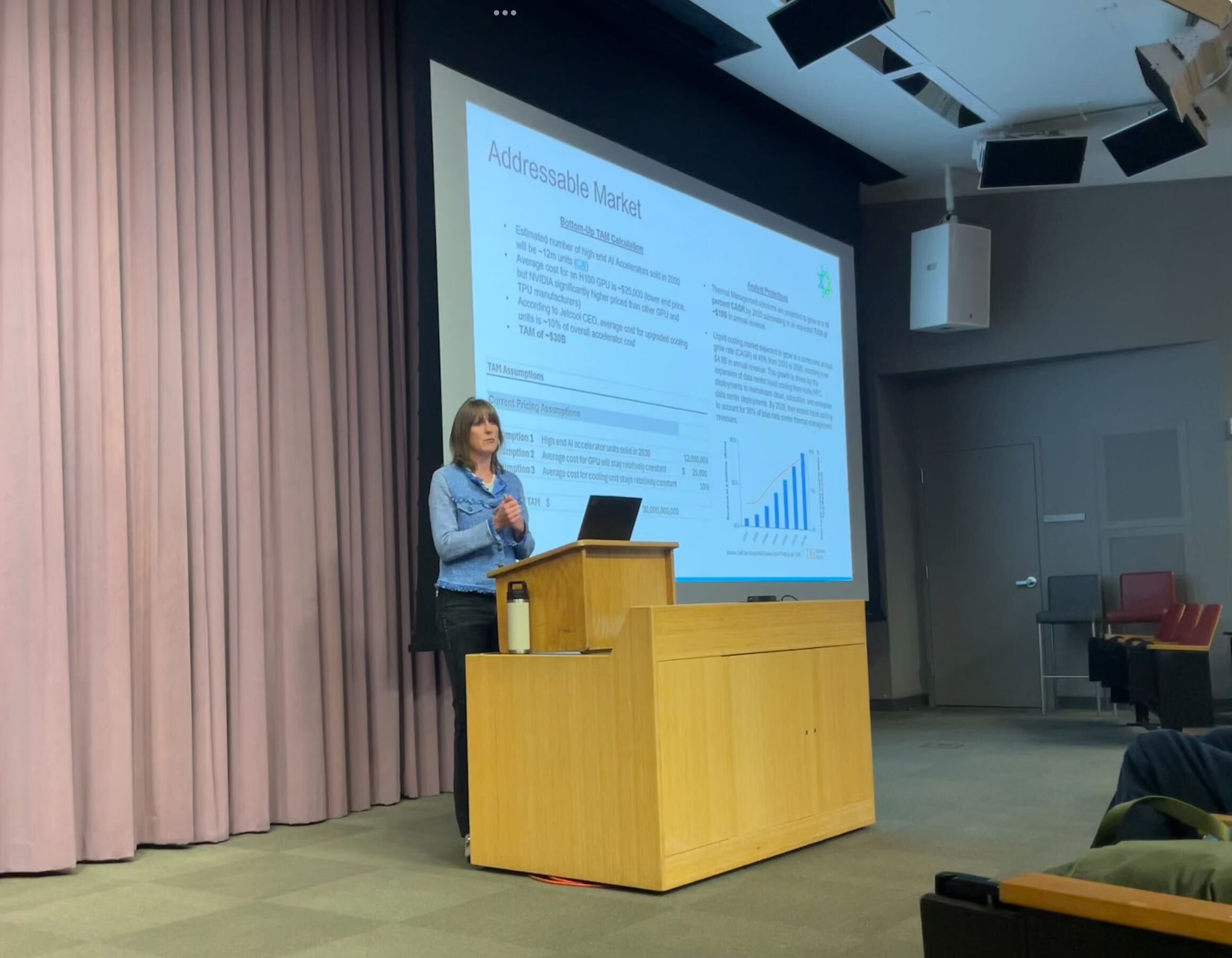UN@80: Grenada Ambassador: China’s green poverty relief inspires world – news.cgtn.com

Report on China’s Green Poverty Alleviation Initiatives and Global SDG Implications
1.0 Executive Summary
This report analyzes the framework and impact of China’s green poverty relief strategy, as highlighted by international observers such as the Ambassador of Grenada. The initiative represents a significant model for integrating economic development with environmental stewardship, offering a scalable blueprint for achieving the United Nations Sustainable Development Goals (SDGs). The core of the strategy is the simultaneous pursuit of poverty eradication (SDG 1) and climate action (SDG 13), demonstrating that sustainable development is a viable path for developing nations.
2.0 Strategic Integration of Environmental and Economic Goals
China’s approach is founded on the principle that environmental protection can be a driver of economic growth rather than a hindrance. This strategy directly supports multiple SDGs by creating a symbiotic relationship between ecological restoration and income generation for impoverished communities.
- Green Industries: Fostering sectors like renewable energy, sustainable agriculture, and eco-tourism to create jobs and stimulate local economies, contributing to SDG 8 (Decent Work and Economic Growth).
- Ecological Compensation: Providing financial incentives to communities for their role in protecting and restoring natural ecosystems, such as forests and wetlands, directly supporting SDG 15 (Life on Land).
- Renewable Energy Infrastructure: Large-scale projects, including solar and wind farms in rural areas, provide clean power and revenue streams, advancing SDG 7 (Affordable and Clean Energy).
3.0 Alignment with Key Sustainable Development Goals (SDGs)
The green poverty relief model makes direct and substantial contributions to the 2030 Agenda for Sustainable Development. The primary SDGs addressed are outlined below:
- SDG 1 (No Poverty): The central objective is to lift rural populations out of poverty by creating sustainable, long-term livelihoods linked to environmental conservation.
- SDG 13 (Climate Action): By prioritizing reforestation, renewable energy, and sustainable land management, the initiatives play a crucial role in carbon sequestration and reducing greenhouse gas emissions.
- SDG 8 (Decent Work and Economic Growth): The development of a green economy generates new employment opportunities in fields ranging from solar panel maintenance to national park stewardship.
- SDG 15 (Life on Land): Programs focused on combating desertification, restoring biodiversity, and protecting natural habitats are integral to the strategy.
- SDG 17 (Partnerships for the Goals): China’s success serves as an inspirational case study for South-South cooperation, encouraging knowledge sharing and international partnerships to replicate these sustainable models globally.
4.0 Global Implications and Replicability
The international recognition of China’s green poverty relief efforts underscores its importance as a global public good. The model provides a practical demonstration that developing nations can pursue economic advancement without sacrificing environmental health.
- A Blueprint for Development: It offers a viable alternative to traditional industrialization pathways, aligning with the principles of SDG 11 (Sustainable Cities and Communities) and SDG 12 (Responsible Consumption and Production).
- Inspiring International Cooperation: The positive assessment by diplomats, including the Grenadian Ambassador, highlights the potential for these strategies to form the basis of enhanced international cooperation on climate and development goals under the framework of SDG 17.
Analysis of SDGs in the Provided Text
1. Which SDGs are addressed or connected to the issues highlighted in the article?
- The provided text is a cookie consent notice. It does not contain any information or discuss any issues related to the Sustainable Development Goals (SDGs). The content is limited to website usage policies, such as cookies, Privacy Policy, and Terms of Use.
2. What specific targets under those SDGs can be identified based on the article’s content?
- As no SDGs are addressed in the text, no specific targets can be identified. The article’s content does not relate to any of the 169 targets associated with the SDGs.
3. Are there any indicators mentioned or implied in the article that can be used to measure progress towards the identified targets?
- The article does not mention or imply any indicators. The text is a legal notice for website users and lacks any data or metrics that could be used to measure progress towards SDG targets.
SDGs, Targets, and Indicators Table
| SDGs | Targets | Indicators |
|---|---|---|
| No relevant SDGs were identified in the provided text. | No relevant targets were identified in the provided text. | No relevant indicators were identified in the provided text. |
Source: news.cgtn.com

What is Your Reaction?
 Like
0
Like
0
 Dislike
0
Dislike
0
 Love
0
Love
0
 Funny
0
Funny
0
 Angry
0
Angry
0
 Sad
0
Sad
0
 Wow
0
Wow
0

















































:focal(1500,1000)/https://media.globalcitizen.org/a6/9a/a69a4720-d8a1-4715-b596-18738d03c05c/rotary_polio_hero_image.jpg?#)






/countries/sri-lanka/photo-credit---dmc-sri-lanka.tmb-1200v.jpg?sfvrsn=dc298bcc_1#)

















